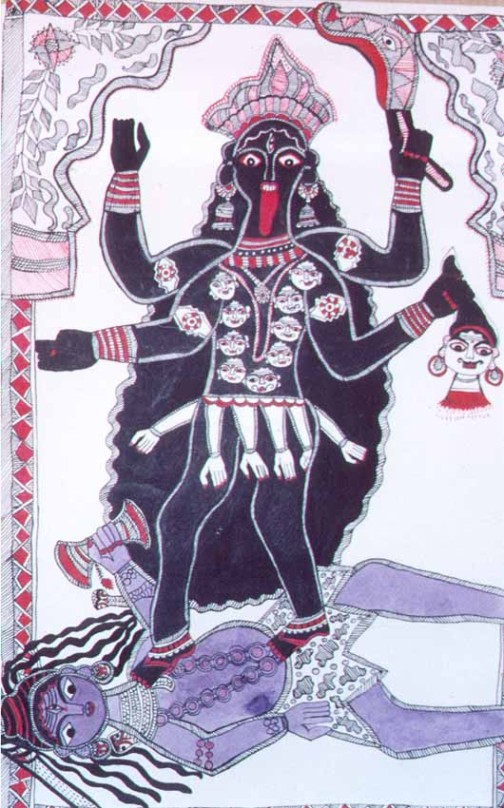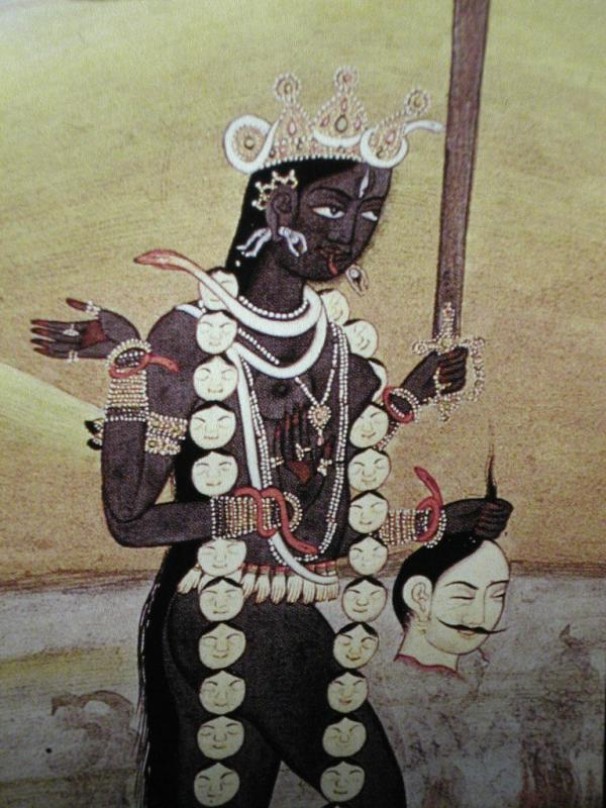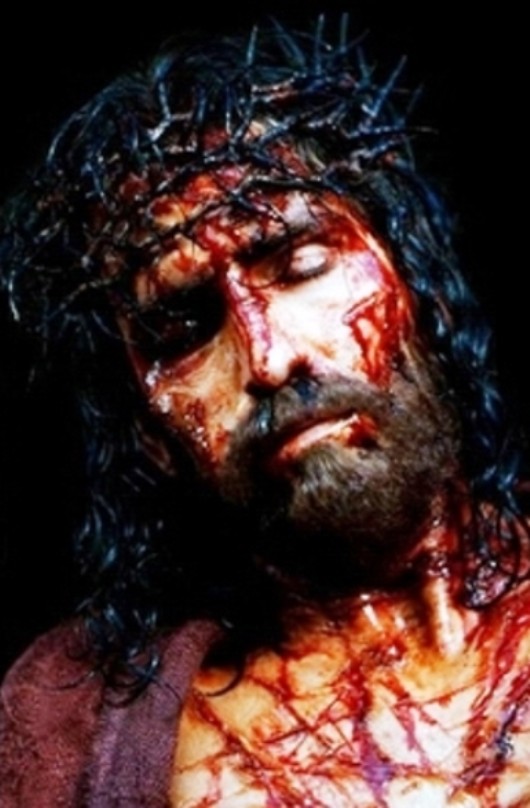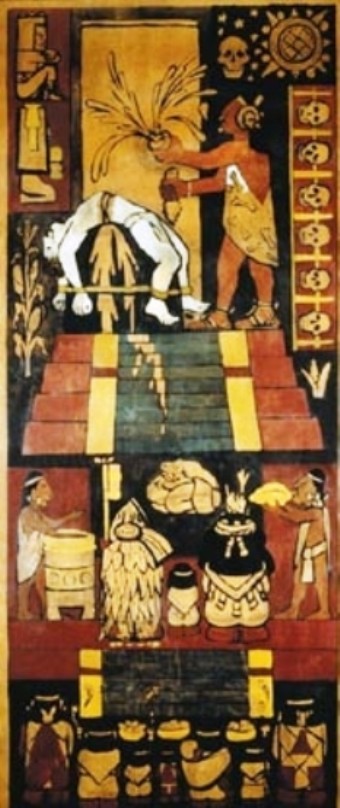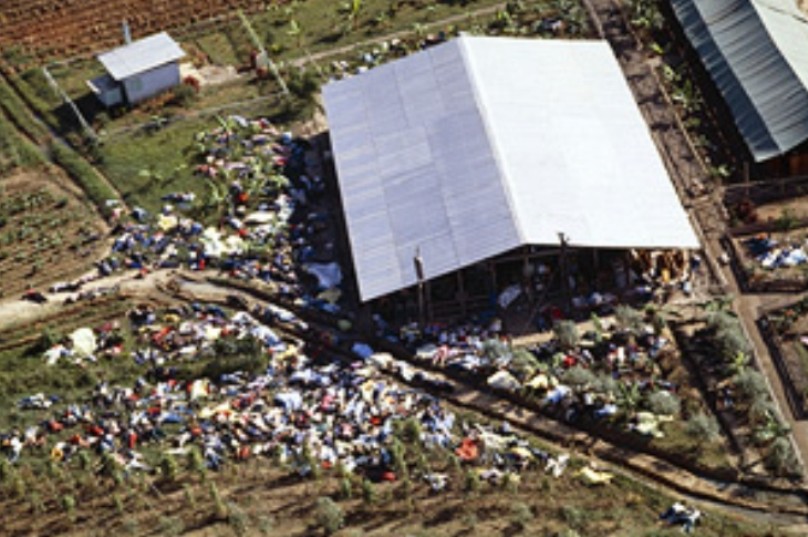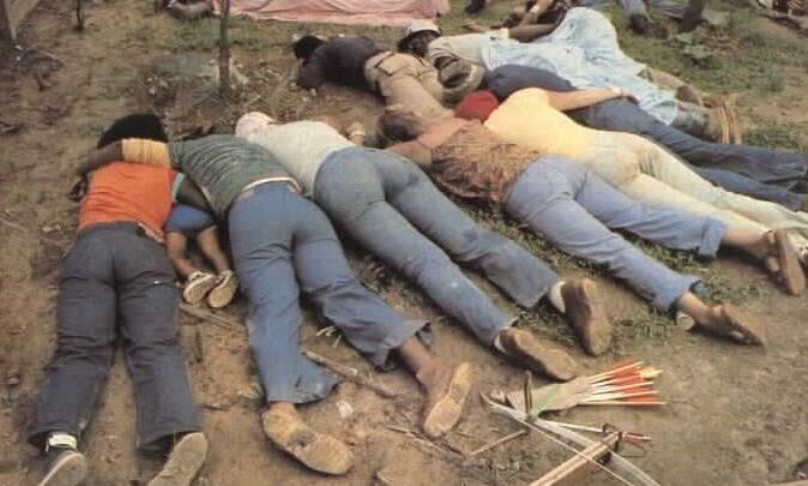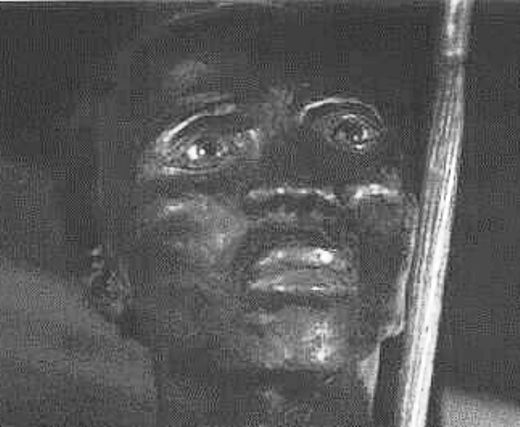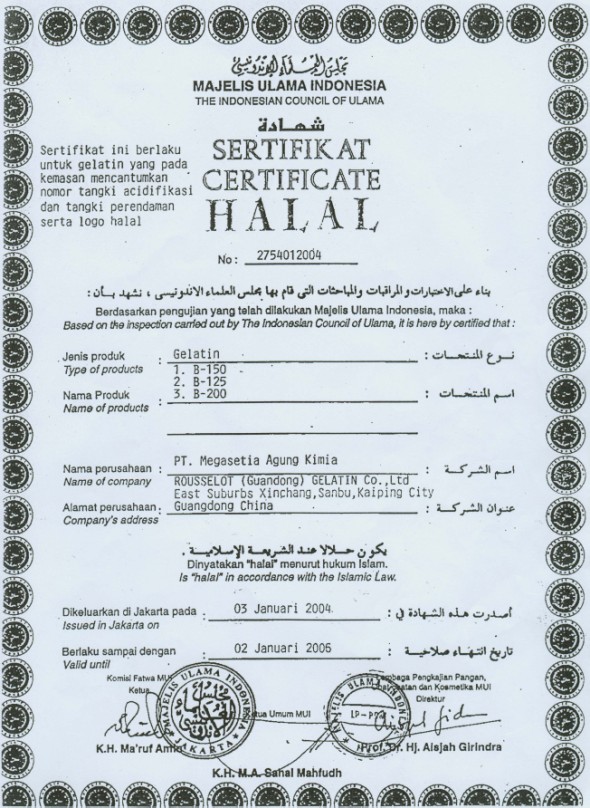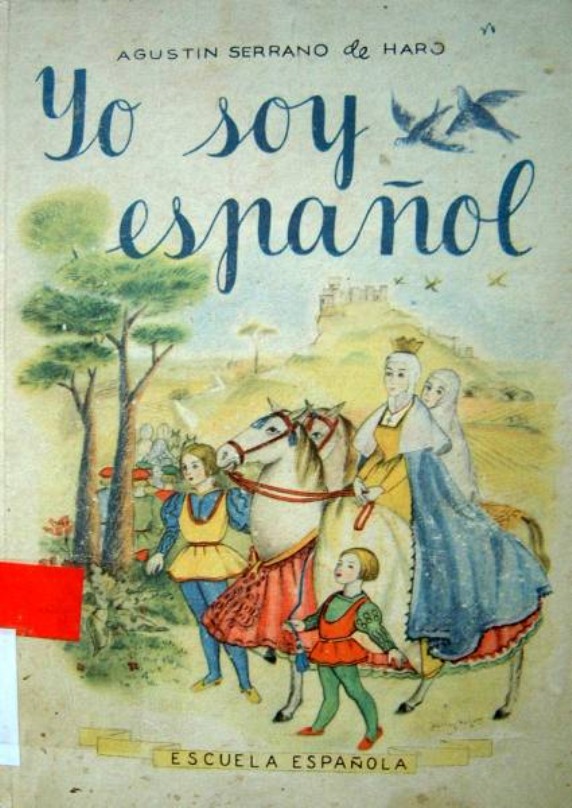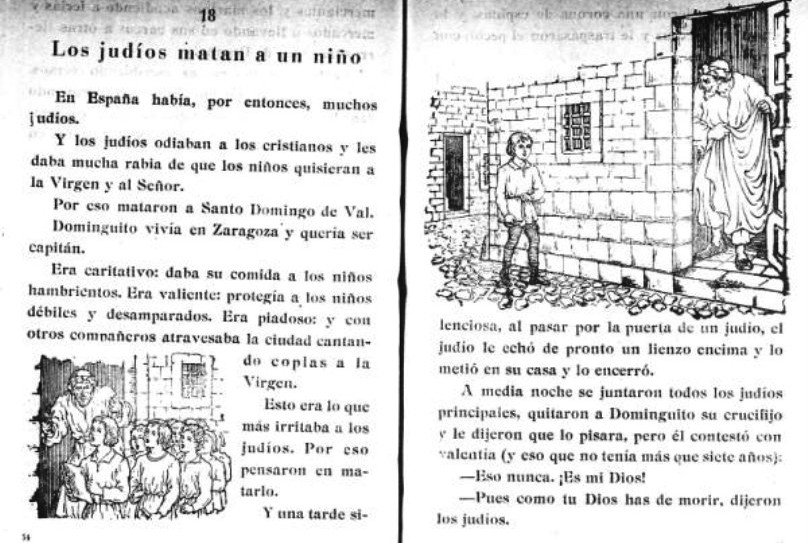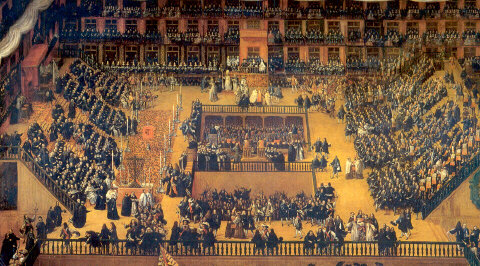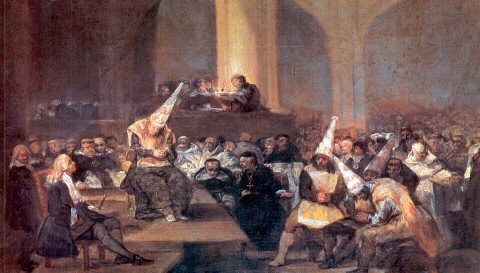Senses in/of religious violence
Peace and Violence in the Name of Gods. Analyses
from the perspective of Religious Studies. International lecture series
at the University of Heidelberg. January 15, 2009
Francisco Díez de Velasco. Institute of Political
and Social Sciences. University of La Laguna, Canary Islands, Spain (fradive@ull.es;
http://webpages.ull.es/users/fradive)
ABSTRACT
This presentation titled " Senses in/of religious violence"
is a complement, focused in the perspective of the study of the sensorium
implied, and based in images, of my paper "Theoretical Reflections on Violence
and Religion: Identity, Power, Privilege and Difference (With Reference
to the Hispanic World)" Numen 52, 1 (2005), 87-115. In the line
of the comparative approach proposed in the paper I try to decypher the
senses implied in the religious violence from a double perspective.
Senses in the first approach have to do with the sensorium,
with an embodied perspective of analysis focused in the interfaces between
brain and the world beyond the skin. Seven senses are proposed to analyze
the construction of the violent religious experience: the fifth common
senses, adding two extra ones, the mental sense and the "imaginal" sense.
Religious violence touches all of them, violence implying a total sensorial
experience redefining identity, difference and also implying privilege
and power. The power and the privilege lets the practitioner use violence
in a religious context without remorse. For example in sacrificial rites
the imaginal construction of the relationship between gods and humans needs
animals (or even humans) as mediator victims of acceptable violence. In
a presentation based on images, the most readily depictable sense is sight,
violence constructed as an experience of the eye. Religions are interfaces
of visibilization but also of invisibilization, proposing iconoclastic
perspectives banning image from the religious panoply (promoting the destruction
of images, as in Bamiyan) but also in other cases representing gods, embodying
gods (in proportion to eye), a violence for those who only accept to "see"
god with the mental or the imaginal senses. Sight and hearing combines
in blasphemy, globalization of images and information disseminate violence
depicted and also violence produced as a response, in a clash of imaginaries.
Violence is also made touch and suffering, as in the case of the Greek
pharmakós, of the scapegoat, of the religions of violent
expiation and violent quest. Taste and smell are also implied in the religious
violence over diet, focusing the effort on purity, requiring a transformation
of taste.
The second perspective, perhaps more difficult to demonstrate,
is a tentative effort of granting sense to religious violence, beyond senses
(in plural) and from a contextual perspective. Identity, difference, privilege
and power are the tools to build an approach trying to go beyond the perplexity
produced by the occurrence of violence in religious contexts.
IMAGES
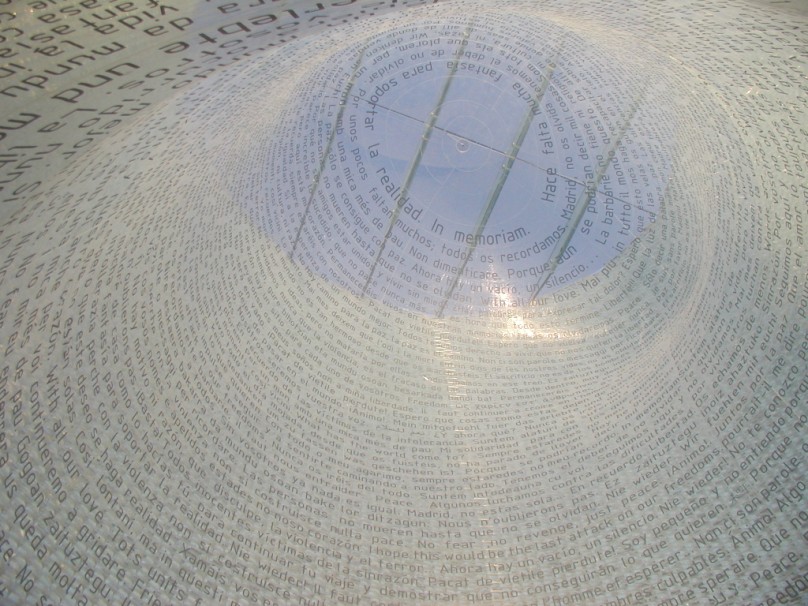
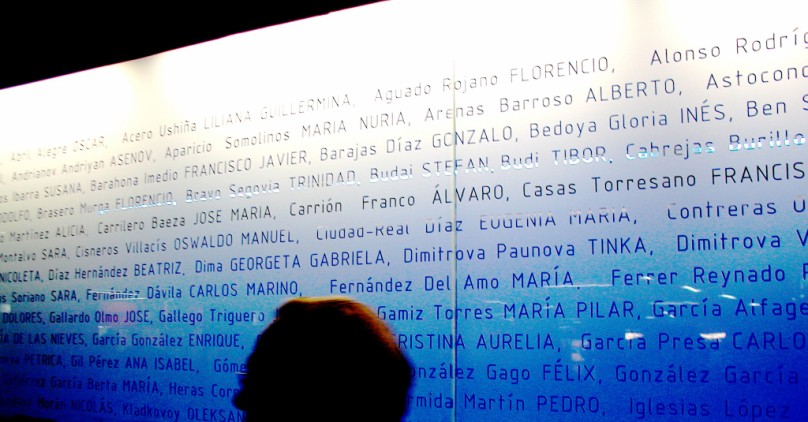
March, 11 in Spain... memory against the violence of
oblivion: names in the monument in Atocha (Madrid)
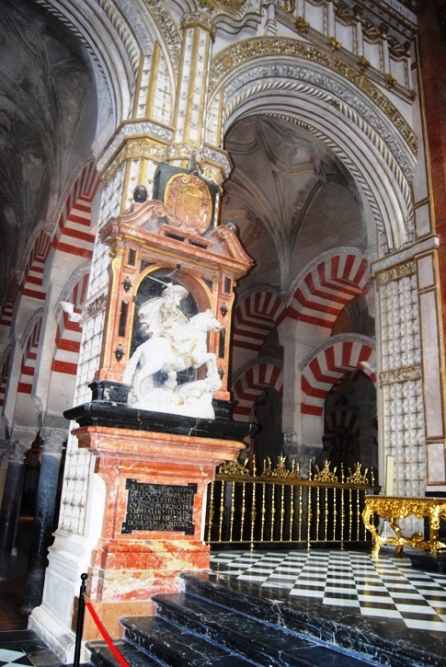
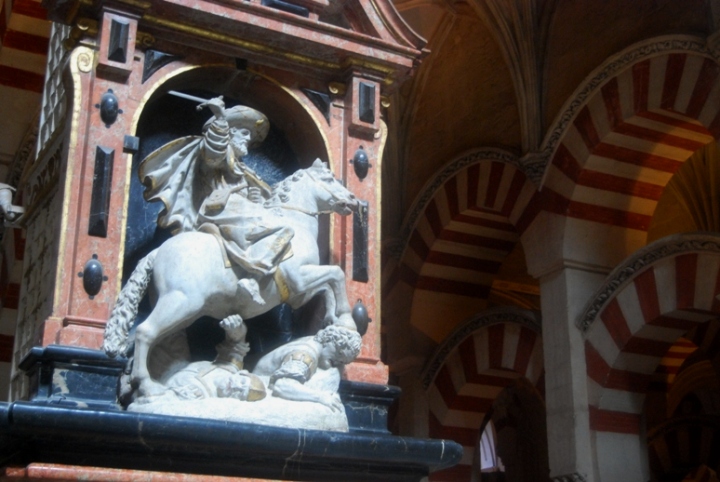
Santiago Matamoros in the cathedral-mosque of Cordoba
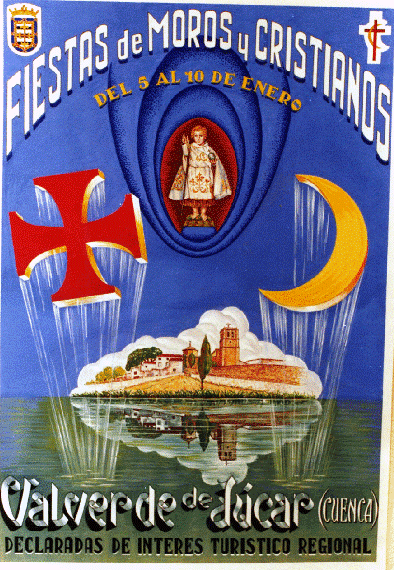
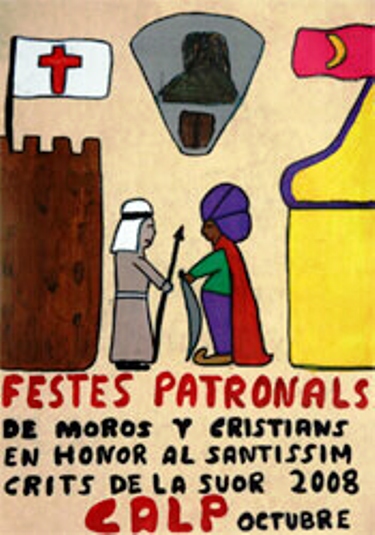

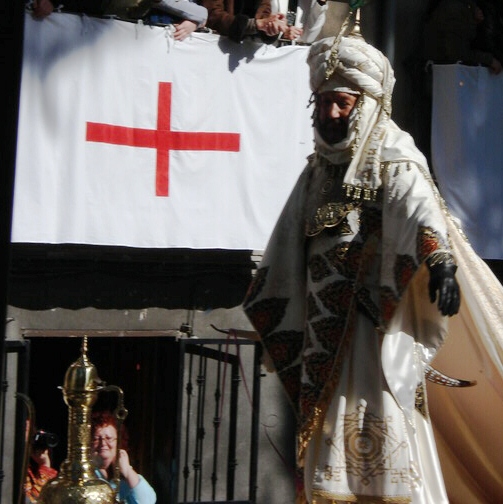
Festivities of Moros y Cristianos in Valverde de Júcar
(Cuenca), Calpe (Alicante) Mojacar (Almería) and Alcoy (Alicante)
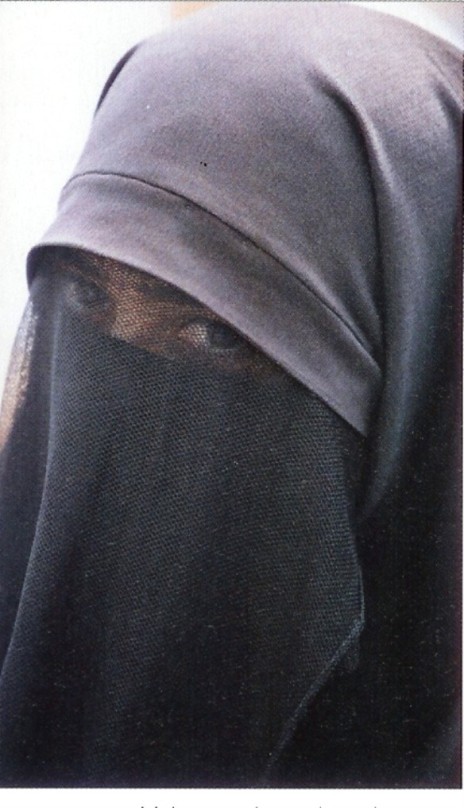
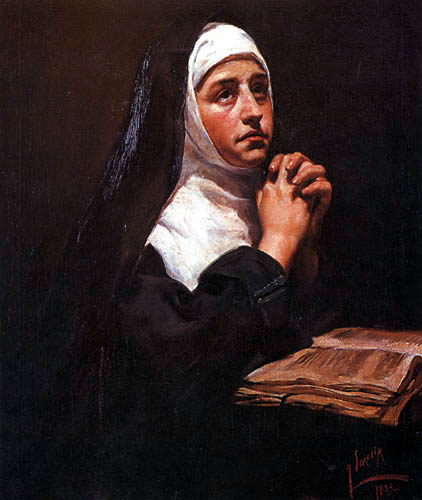
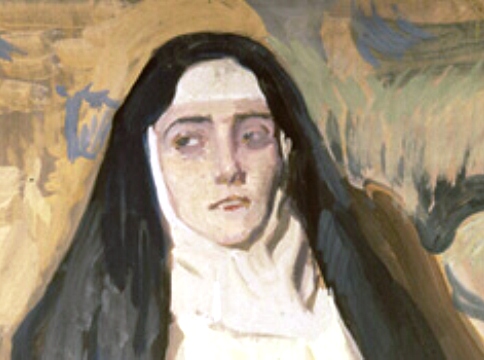
Genre violence againt the eyes: hiding, protecting, de-identifiying
(Momja (nun), Sorolla 1883-1913)
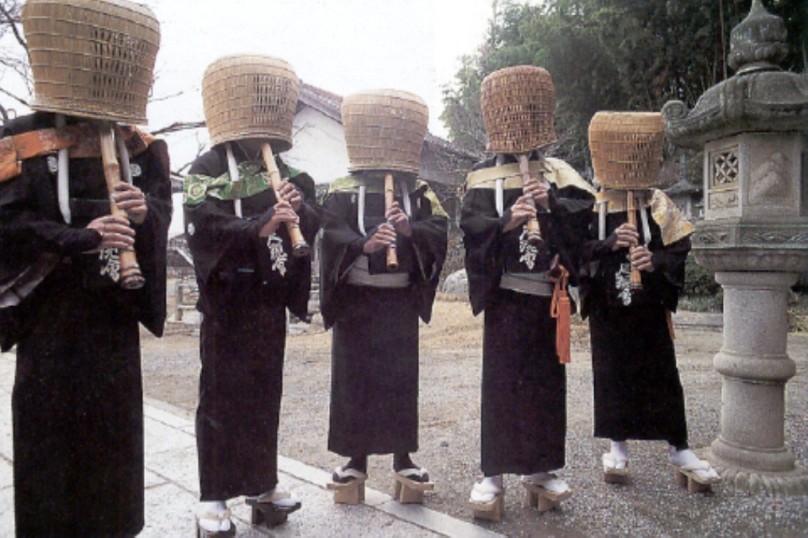
Komuso
Kali: violence and avidya
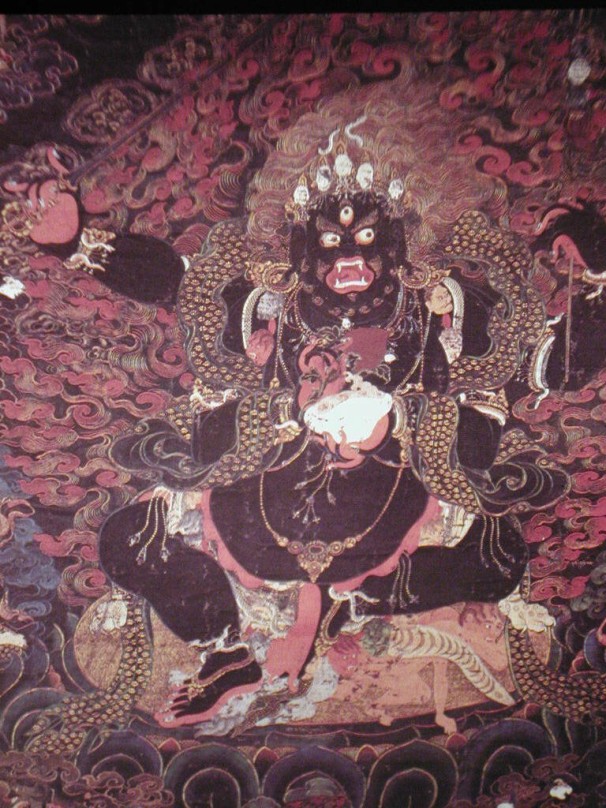

Mahakala
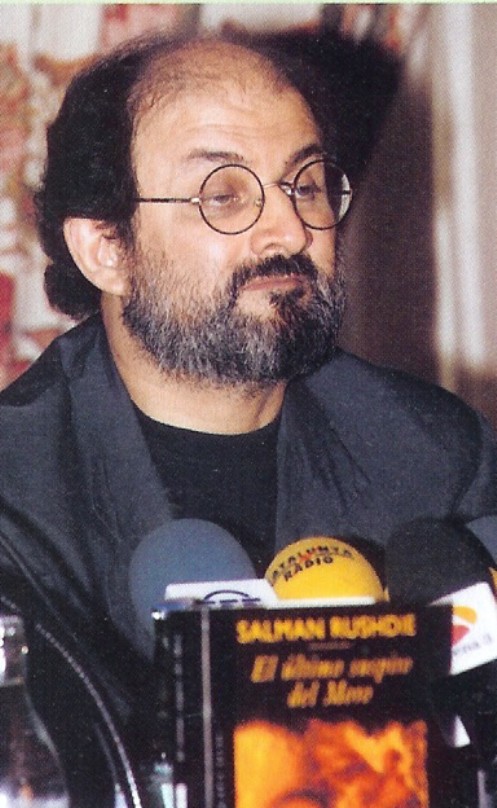
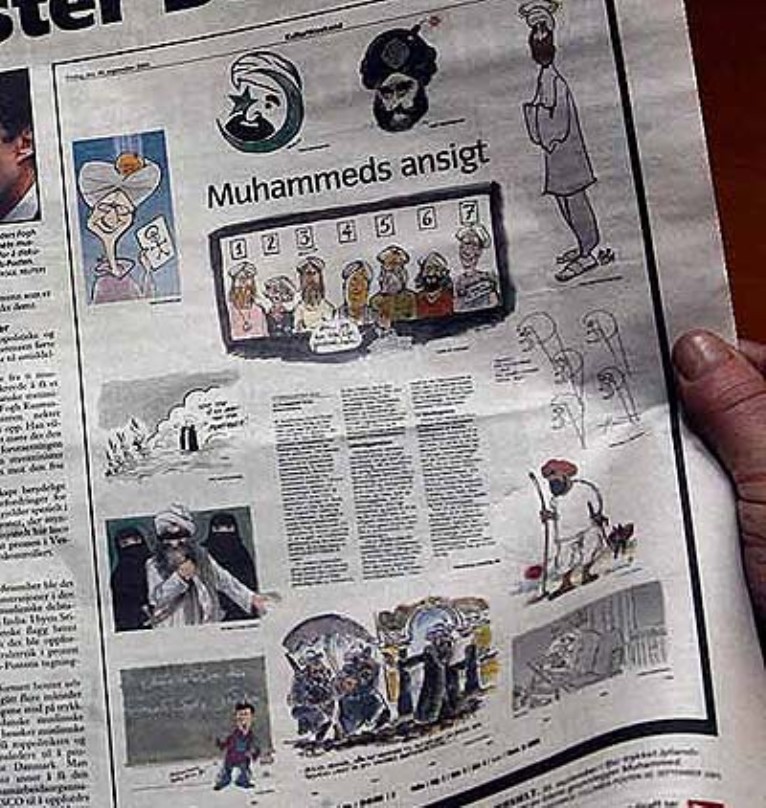
Rushdie, Jylland Posten and blasphemy
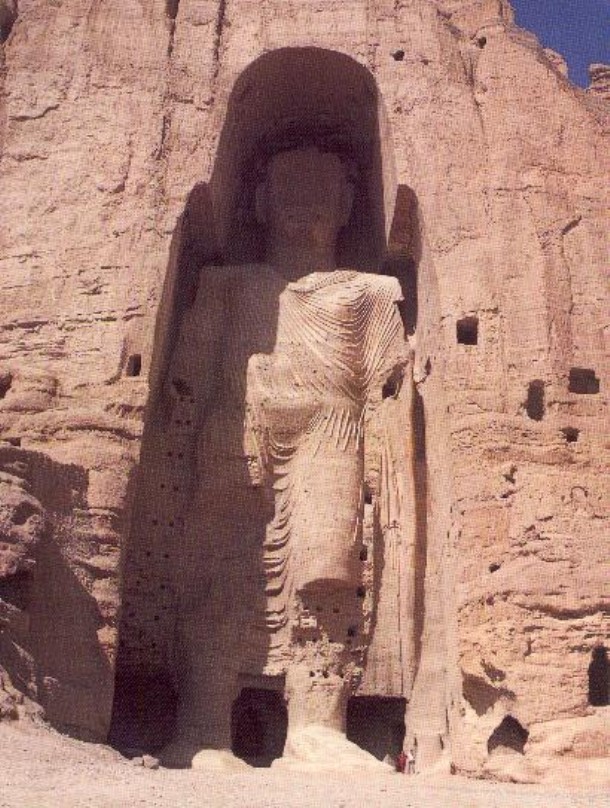
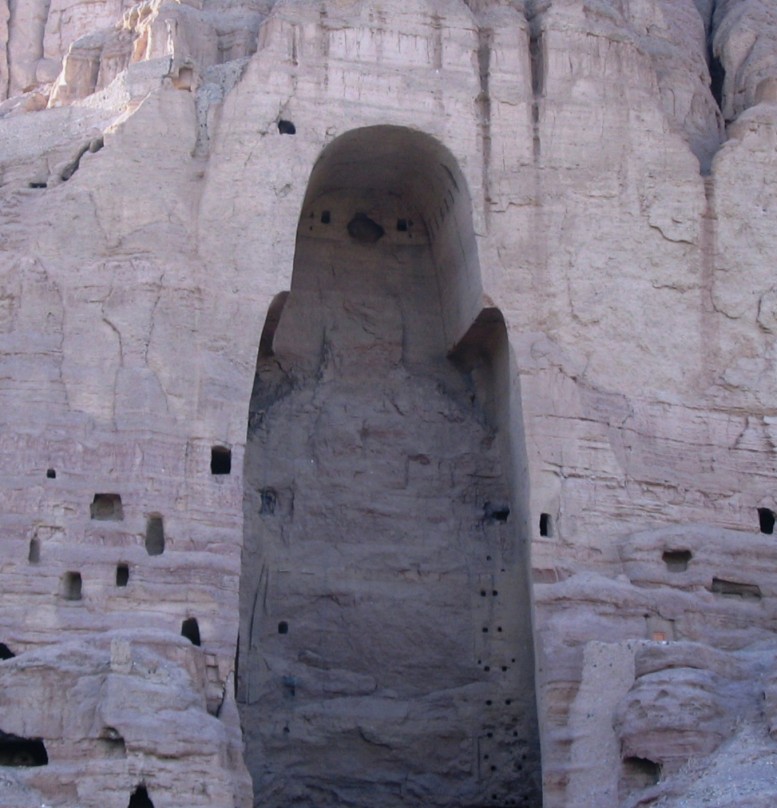

Bamian


Cultural Revolution and its effects: Tsaparang, Lhakang
Marpo / Lhasa, burning the heritage
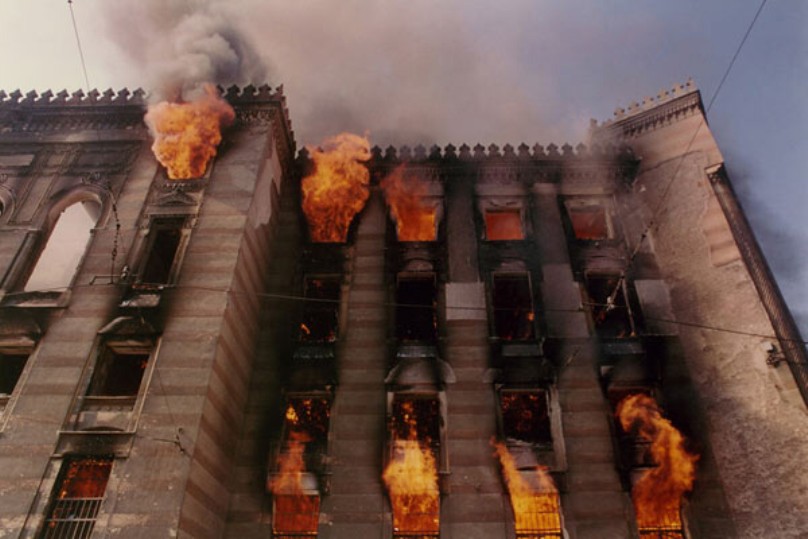
Sarajevo: library in flames

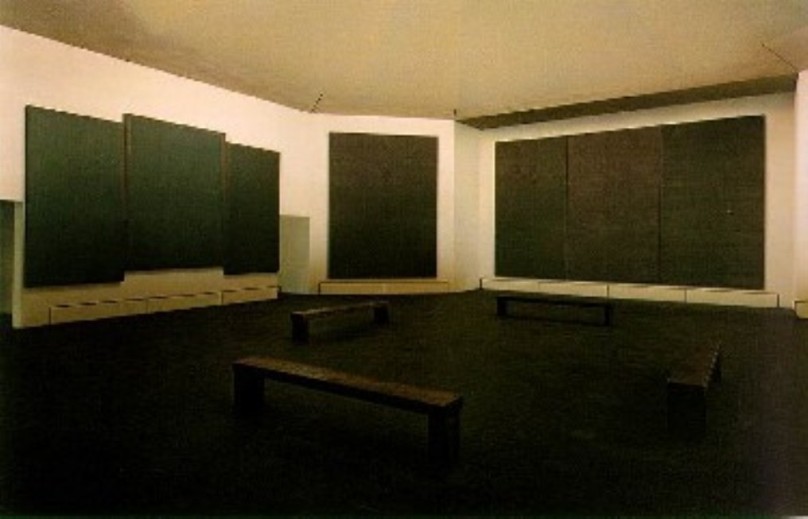
Rothko Chapel, Houston (Texas, USA)
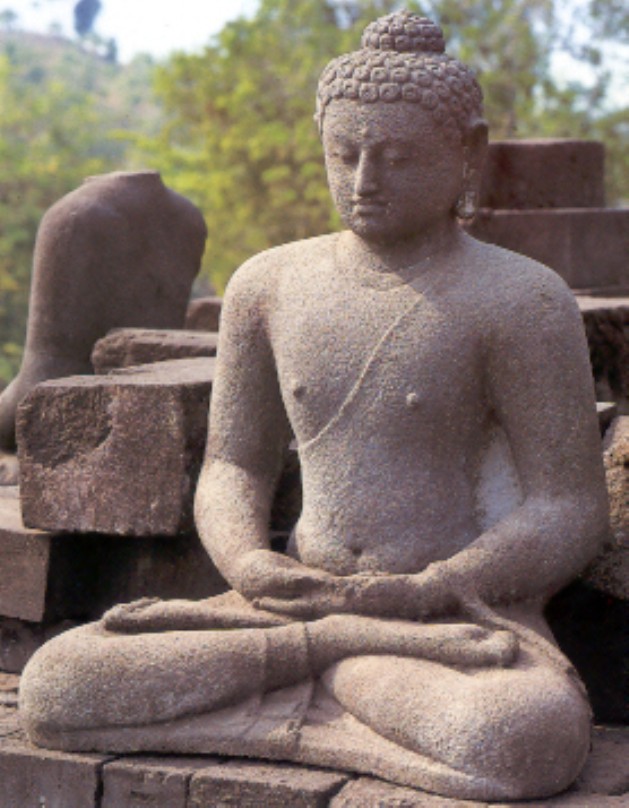
Borobudur: Amitabha in padmasana and dhyani
mudra
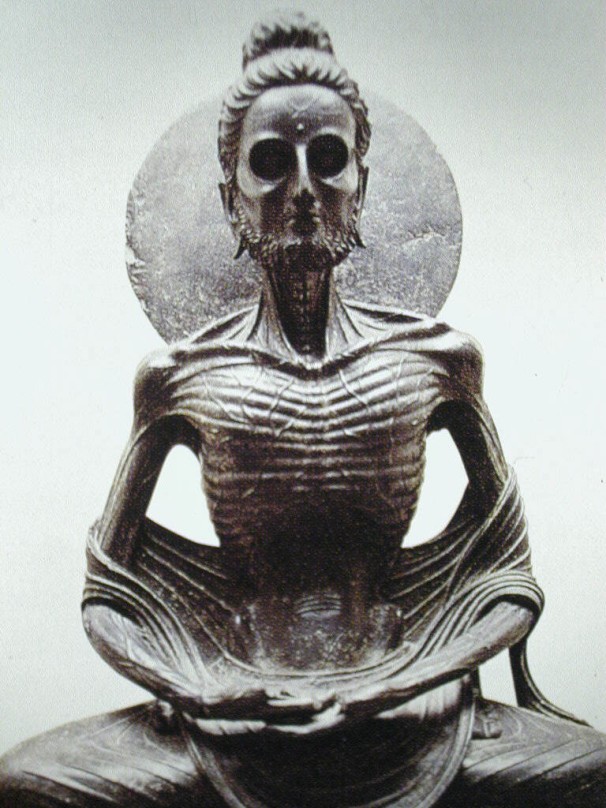
Pre-Buddha: avidya as violence against the body

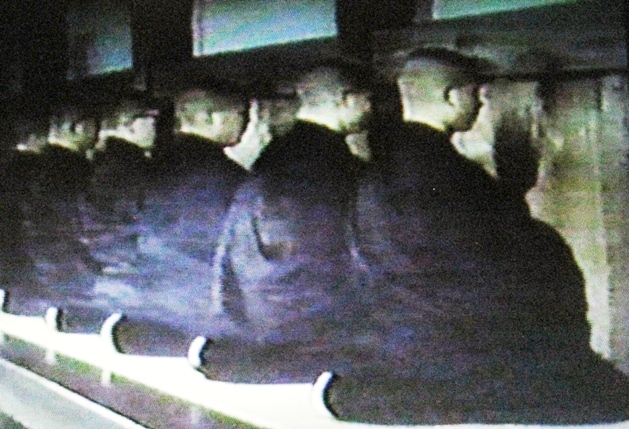
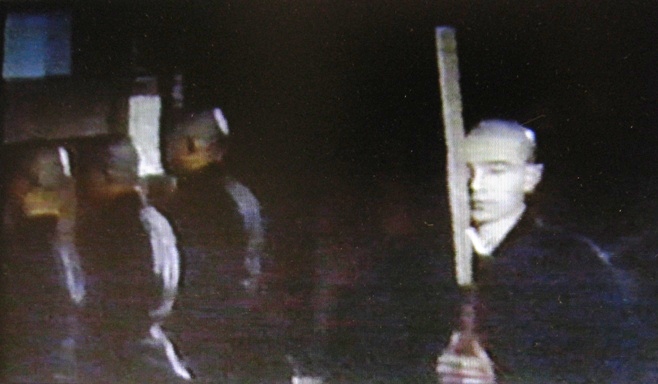
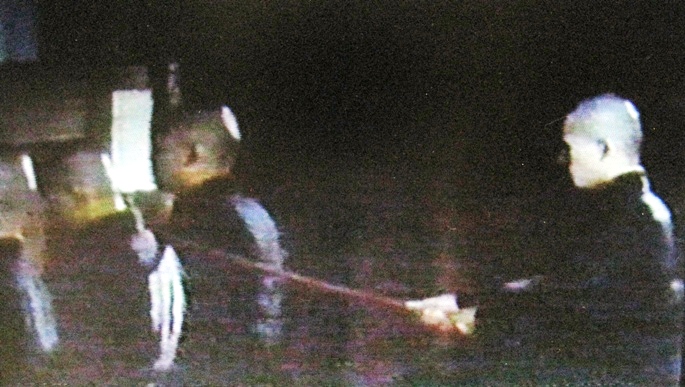
The violence of the keisaku
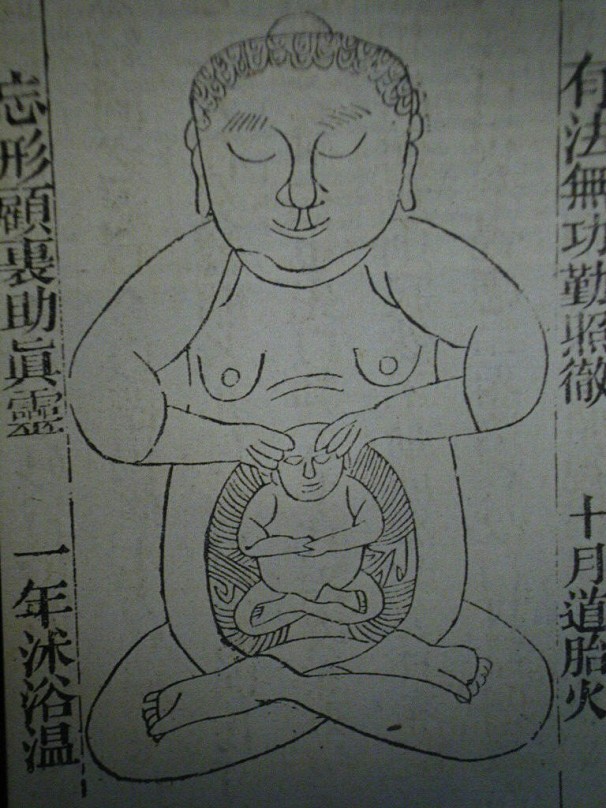
The immortality's embryo (Huiming Jin of Lin Huayin)



Body rebuilt in the Heaven's Gate
Francisco de Goya, La circuncisión del Señor

Religious violence against the skin: cilice
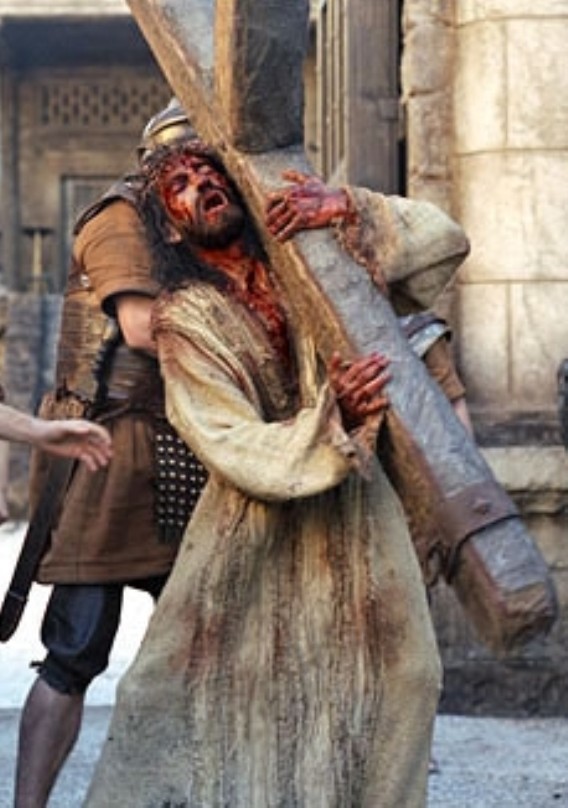
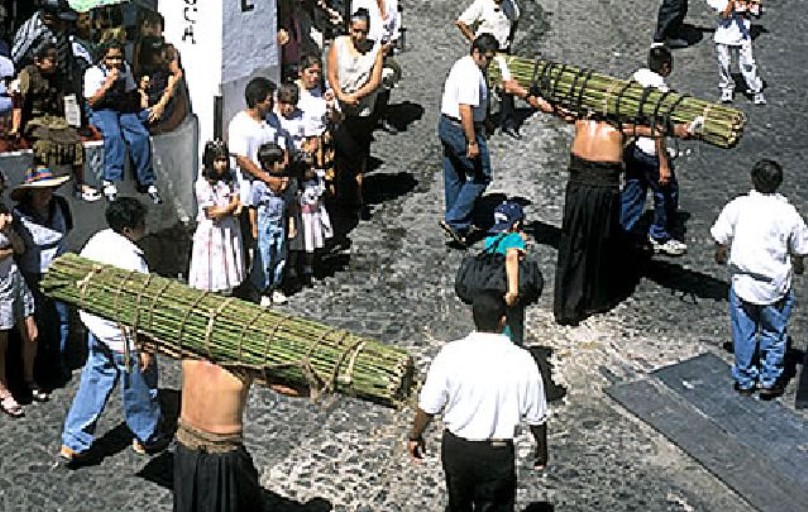
Mimesis of the passion at Taxco (México)
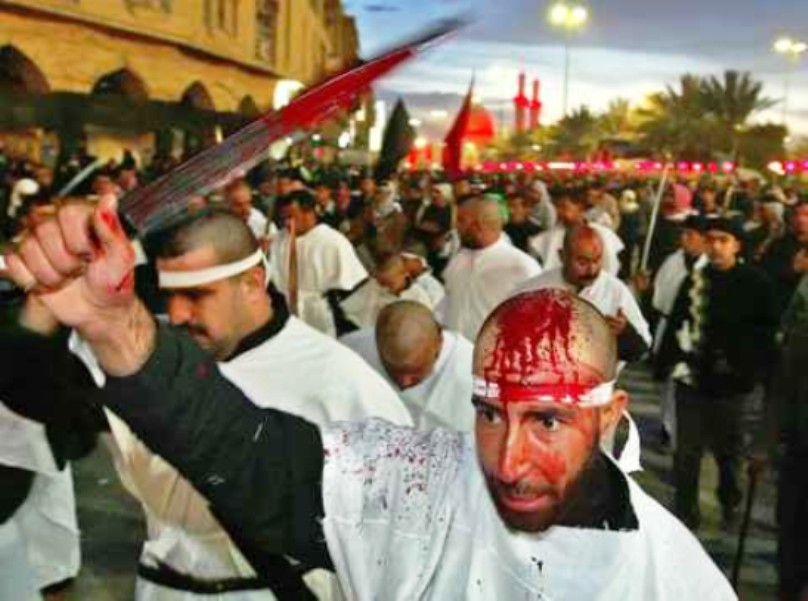
Ashura in lands of Islam






